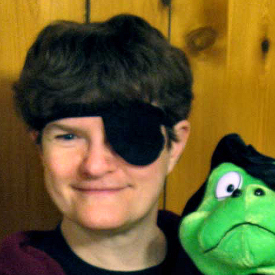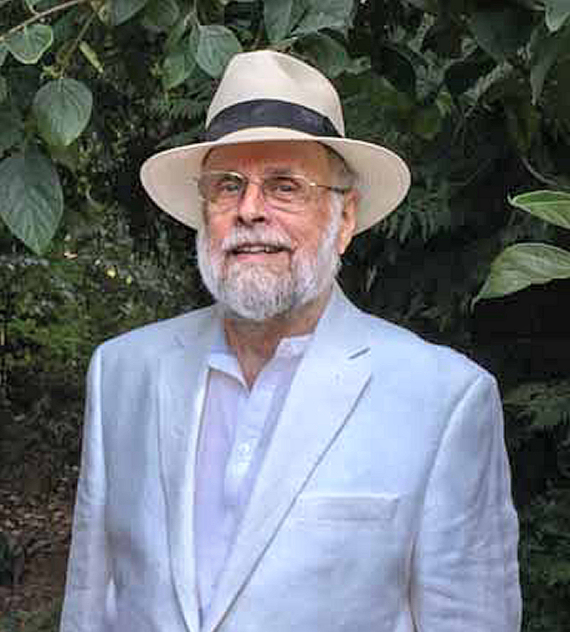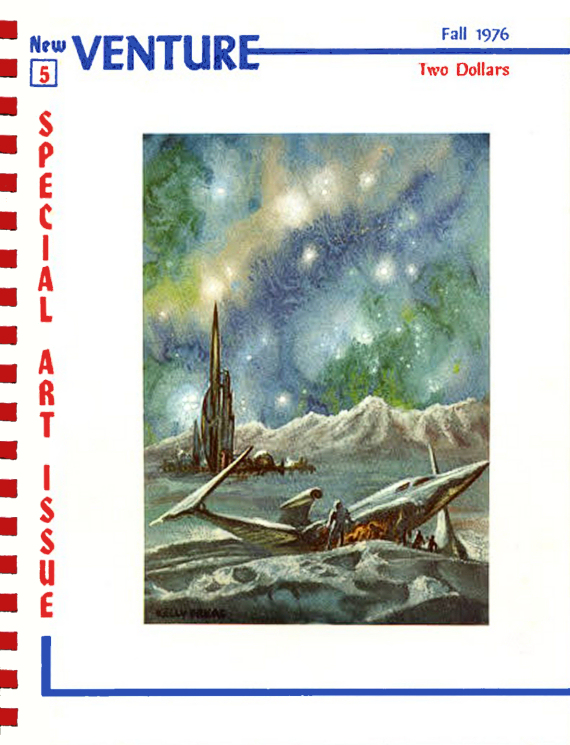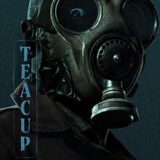
2016 seems to have been the suckiest year ever in terms of losing people; not only friends, but also celebrities. Another old (only in terms of how long I’ve known her) friend from my Pullman, WA/Moscow, ID years has died all too soon. She was relatively young, and one of the sweetest, kindest people I’ve known. But on Monday, May 23, Debra L. Miller (Figure 1, frog by Mike Finkbiner) passed into Eternity to join her husband, David Miller, who predeceased her by several years. Debbie was part of my science fiction group, the Palouse Empire SF Association (PESFA), and was liked by all who knew her. In case you’re wondering about the eyepatch, she lost an eye to cancer a few years ago; after her husband died, she moved to a small town in Idaho to begin anew, and liver cancer got her. We had understood that she was getting better, but alas! She died on Monday. We loved you, Debbie, and will never forget you; you always “brightened the corner where you [were].”

Time now for personal remembrance: this is my recollection of how PESFA started… but it may be somewhat flawed; I’m a bear for trivia, as my ex-seatmate (at work) Robert Slaven can testify—he was a five-time Jeopardy winner and participated in at least two Champion tournaments—but when it comes to personal stuff, my wife says that my memory resembles a colander, or perhaps a sieve. I apologize for the lack of photos; most of my photos from that period are in a box or bin that hasn’t been uncovered yet. I’ll do what I can to fill in with somewhat interesting stuff.
To begin with, I left California in about 1971 and moved back to Washington, at first staying with my parents in Everett, north of Seattle. I was working for an alarm company in north Seattle (Ballard), when I began seeing a woman in Seattle, who soon graduated from the University of Washington and moved to Eastern Washington to begin working at the Washington State University library. While working for E.A.E., one of my co-workers introduced me to an old friend of his named Frank Herbert. I ended up moving to Pullman in 1973 or so, and we were married (Ed. Note: to the woman from Seattle, not to Frank Herbert…). I started going back to school on the G.I. Bill, but found classrooms boring, and soon dropped out, taking a job with Addressograph-Multigraph International, a maker of printing equipment. (A-M’s closest rival was A.B. Dick, a company you may have heard of; A-M is now a subsidiary of A.B. Dick. So it goes.) But while I was attending school, I spent a good deal of time in the basement of the Compton Union Building, or CUB—the basement was where the bowling alley (!), pool tables and pinball machines were (this was just about the time commercial video games were getting started). (In case you care, the manager of the CUB games area was Sam Miller. Hi, Sam!) I discovered I really liked playing pool, especially with this one guy—a big guy—named Jon Gustafson. We played pool a lot (Jon was always much better than I at pool, although I got to be pretty darned good!) and soon realized we had a love for SF/F in common; we hung out together enough to become good friends. Jon worked at the College of Veterinary Medicine as an illustrator, doing medical illustrations and the like. Right about that time, I discovered Paul Brians’s (an English teacher, Figure 3. He was nowhere near this distinguished-looking back in 1973-74!), Free University, and I decided to teach a “class” in science fiction, to see if I could haul other SF/F readers out of the woodwork.

Through this class (and I did attempt to teach it properly, at first; I made up lesson plans and so on—but that didn’t last) I met at least a few dozen people, many of whom I still maintain contact with, like (these are just examples; I can’t remember everyone’s name. Sieve, remember?) Mike Finkbiner and Beth Toerne, Vicki Mitchell, Nina Kiriki Hoffman, Sasha Zemanek, George Allen(?), Dave Christie, Bea Taylor, Dean Wesley Smith—and some, like Debbie, have left us—and some, like Dan and Suzanne Mullen, I have completely lost touch with. After a few months the class, by mutual agreement, became PESFA, and I became the nominal or de facto leader of the pack/band/group. Someone (I think it was George—and I’m sorry I can’t remember his last name for sure—brought some fanzines to one of the meetings, and at least Jon’s and my course was set for the forseeable future. We (Jon and I) were going to publish our own fanzine and go to an SF convention! By that time, I was working for A-M, so it seemed only natural to buy a small A-M offset printer (I think it was a model 50) so we could print our own—none of this fannish ditto or mimeo for us! We’d go first class! (When one of my coworkers at A-M learned we had our own A-M printer, he warned me to say nothing of it at work; apparently it would have been considered “conflict of interest” for me to own it!) I became the editor (because I paid for the printer) and Jon—because he had an art degree—became the Art Editor; we called the zine New Venture for obvious reasons. The printer lived in my basement and produced New Venture issues #1 (Figure 2) through #6 only, skipping issue #5. Issue #5 (Figure 4) was professionally printed, with a colour Kelly Freas cover (I owned the original, and we paid Kelly for the rights to print copies), and it was done at the Nez Perce Reservation in Lapwai, Idaho.

Odd story here: the Federal Government paid for the Nez Perce to set up a printing plant so they could train younger people in printing and, with any luck, make money at it; all the equipment was A-M equipment, and I was one of two people to set it all up; there were quite a few sophisticated offset machines there. I made a deal with the manager, a non-Native who ran the print shop, to print #5 for free, since I’d done extra work for them on my own. Since Jon had an art degree, and we were both more or less nuts about SF/F art, Number 5 was going to be our Special Art Issue, containing art from many professional and amateur/fan SF/F artists, and we were going to be able to have only a $2 cover price. (The cost of the ink, paper and binding would be written off by the Rez as “training” and we’d both benefit.) When it was finished printing, I went back to the reservation to pick up my magazines, only to be told that the manager had been fired, and they wanted me to pay thousands of dollars to get my New Ventures. I somehow managed to buy/wangle one box (about 25 magazines), but told them they could keep the rest—we had arranged for something like five hundred copies; so I would have been paying more than the cover price to get them. And that’s why #5, the “Special Art Issue,” is so scarce. I may have three or four left somewhere in a box, actually.
As I said, we read about cons in these fanzines (I don’t remember which zines they were, but I suspect one was Locus); and in 1975 several of us decided we were going to go to one. We settled on Westercon (#28), which that year was going to be in Oakland; so on July 3, 1975 four of us piled into my green Opel and headed for California. (My then-wife was not a science-fiction fan, and had less than no interest in attending a convention. In fact, she did go to one or two conventions in years to come; Rain Fore [sic] in Vancouver, BC in 1982, where I was co-GOH with Elinor Busby, for one. People who thought she was a staid, prim and proper librarian were quite surprised that weekend to see her leading Peter Terry along Davie Street with a dog collar and leash around his neck.) So we went to Westercon; meeting such personal heroes as Avram Davidson, Poul Anderson, Michael Kurland, and so many more. And I began saying “We’ve got to have one of these (a con) ourselves.” And Seattle got a con (Norwescon), then Edmonton got one (NonCon) and, finally, in 1978, my group started listening to me; so we put on our own con, MosCon. Because Pullman had no hotel we could rent, we settled on the newly-built Best Western for MosCon 1. We—PESFA, not just Jon and I—planned this convention to a “T”; we talked to chairs of other conventions, like Greg Bennett, who chaired many Norwescons, took our time settling on Guests of Honour, and finally settled on Robert A. Heinlein and Alex Schomburg as our first GOHs. (Yes, I know we were ambitious. But if you don’t try, you’ll never succeed!) I corresponded with RAH a lot, and things looked hopeful. We arranged with the local Red Cross for a blood drive in conjunction with the convention—because he had a rare blood type, one thing Heinlein insisted on before he’d even think about attending a convention was a blood drive—and did all the other necessary things; arranged everything to a nicety with the hotel which—being new, had never hosted any kind of convention before. But as the time grew closer for the con, Heinlein’s health worsened; a few months before the con, he suggested that, since the University of Idaho, which was in Moscow, was Edward E. “Doc” Smith’s alma mater, we should consider getting Doc’s daughter, Verna Smith Trestrail, as a GOH. Heinlein didn’t think he’d be able to make it, and ended up begging off the convention. Now, none of us had known about the Smith connection with U of I prior to Heinlein’s mentioning it. So I contacted Verna, and that began a long and happy friendship with the family, Verna and Al Trestrail. If you are interested in me continuing this reminiscence, please comment. If I get enough “yays” I will certainly go on.

Last words (1): You have only ONE WEEK to get the StoryBundle curated by Lisa Mason. As I said last week, you get—if memory serves—116 amazing* and fantastic* stories by some of the best SF/F writers around for something under a dime apiece! Click the link above to buy. And if that’s not enough…

Last words (2): Hey, writers! Would you like some words of writing advice from a bunch of professional writers who have over 200 years(!) of writing experience, fiction and non-fiction among them, and who have contributed more than five hundred(!) award-winning and best-selling books (both fiction and non-fiction, again) to the world? I’m talking about Hugo-award-winning authors! This “Write Stuff” non-fiction StoryBundle is curated by award-winning writer and editor Kristine Kathryn Rusch, and includes works by USA-Today bestselling writer Dean Wesley Smith and Mystery Writers of America Grandmaster Lawrence Block, not to mention Rusch herself, who has also been editor of The Magazine of Fantasy and Science Fiction (F&SF) as well as being a New York Times Bestselling Author herself and a Hugo winner. Like all StoryBundles, you pay what you want and get more depending on how much you spend. And you can designate a portion of your payment to go to charity, just like the StoryBundle curated by Lisa Mason, above. Go to the link above to grab yours, because it’s only available for another 20 days!
And, hey, if you don’t want to comment on this week’s column you don’t have to. If you do, however, your comments will help give me a little sense of how I’m doing as a columnist. I hope that what I have to say is readable and useful, but comments help keep me on track. Don’t feel you have to agree with me to post a comment, either. My opinion is, as always, my own, and doesn’t necessarily reflect the views of Amazing Stories or its owners, editors, publishers or other columnists (or readers, for that matter). And my memory is fallible, so if I make a mistake readers often help me correct it. See you next week!











I’m darned if I remember exactly how/where we met, Chris. But we have a history, for sure!
Hey Steve. I would love to hear more of these reminiscences. You were just getting to where we met…